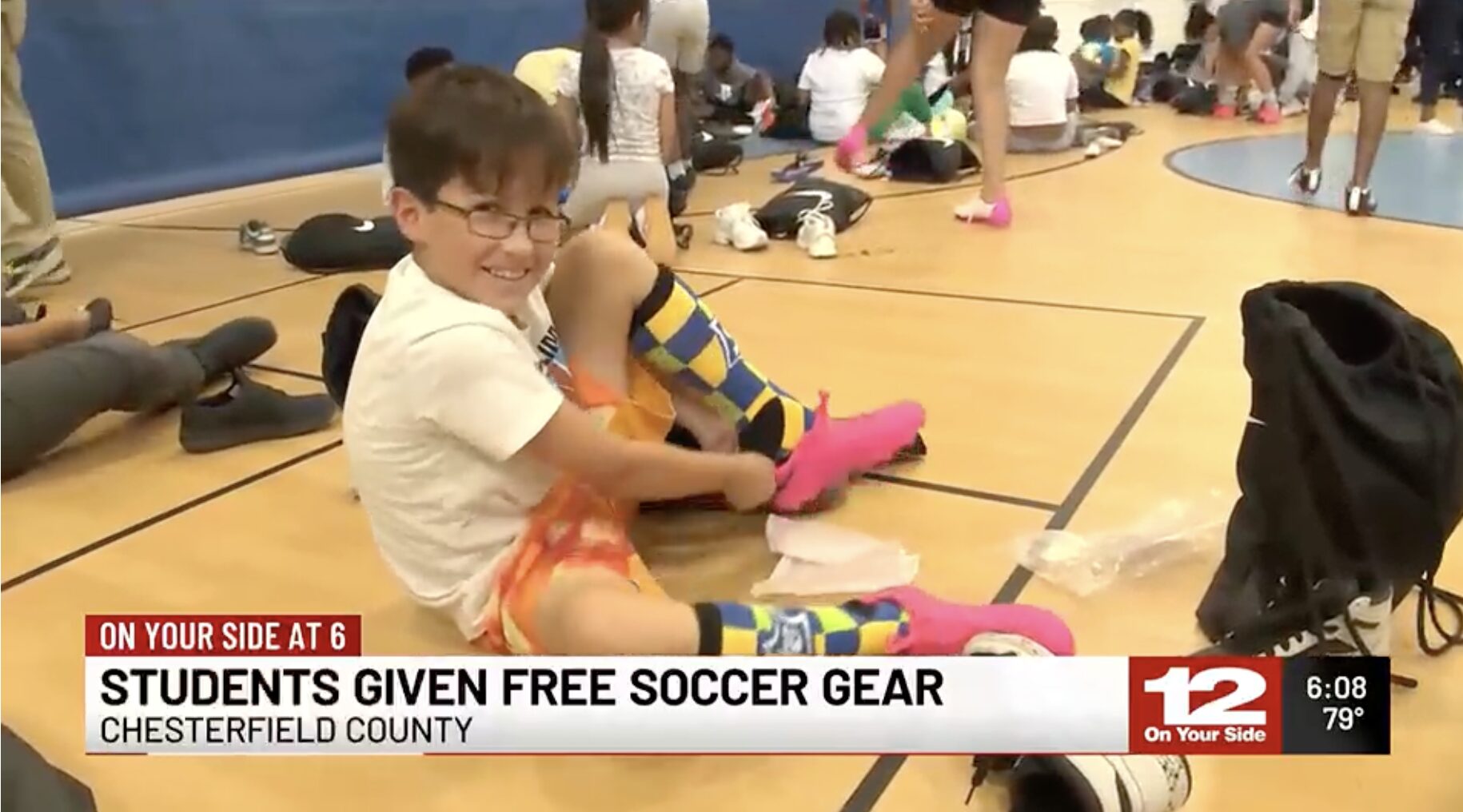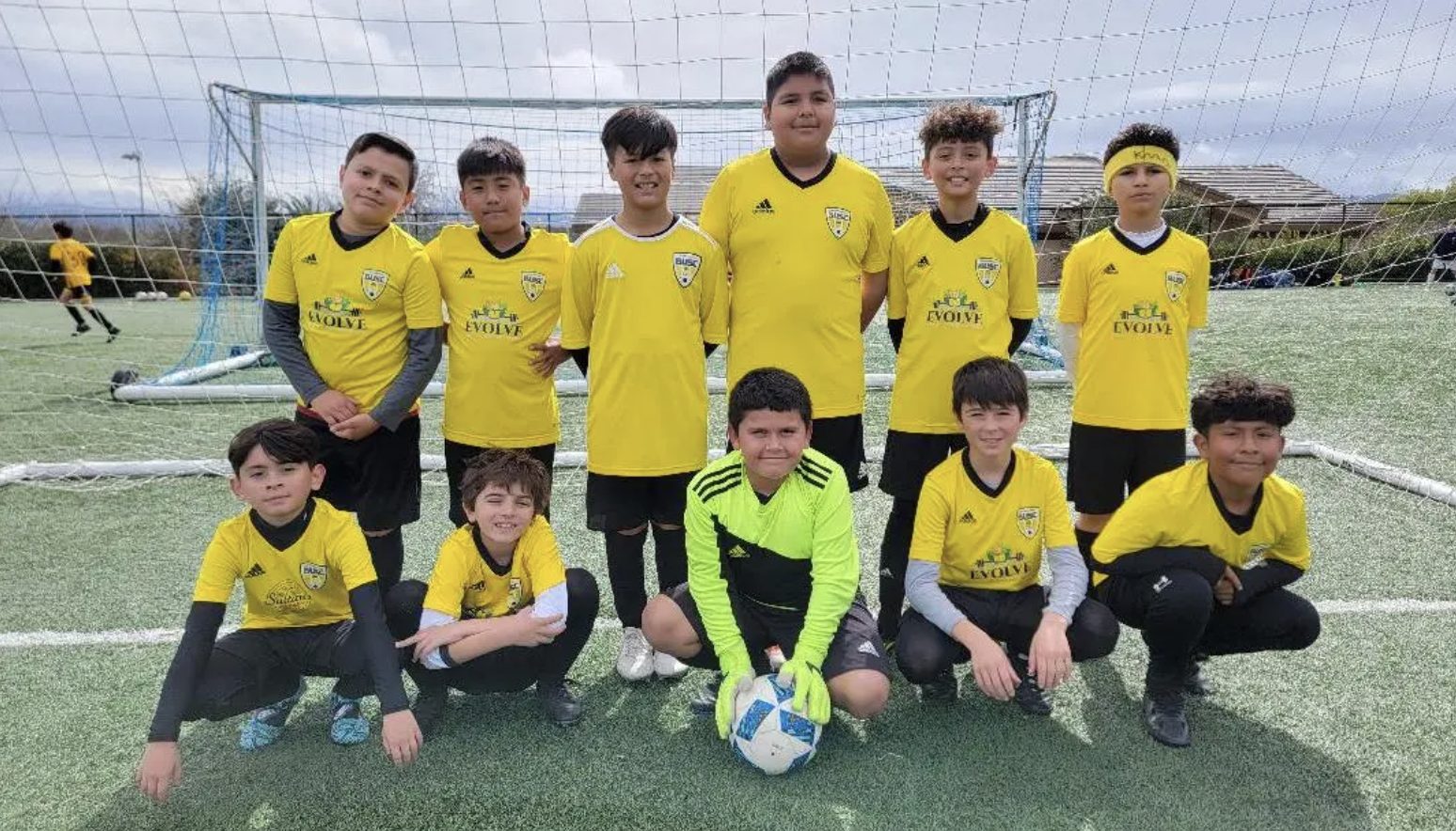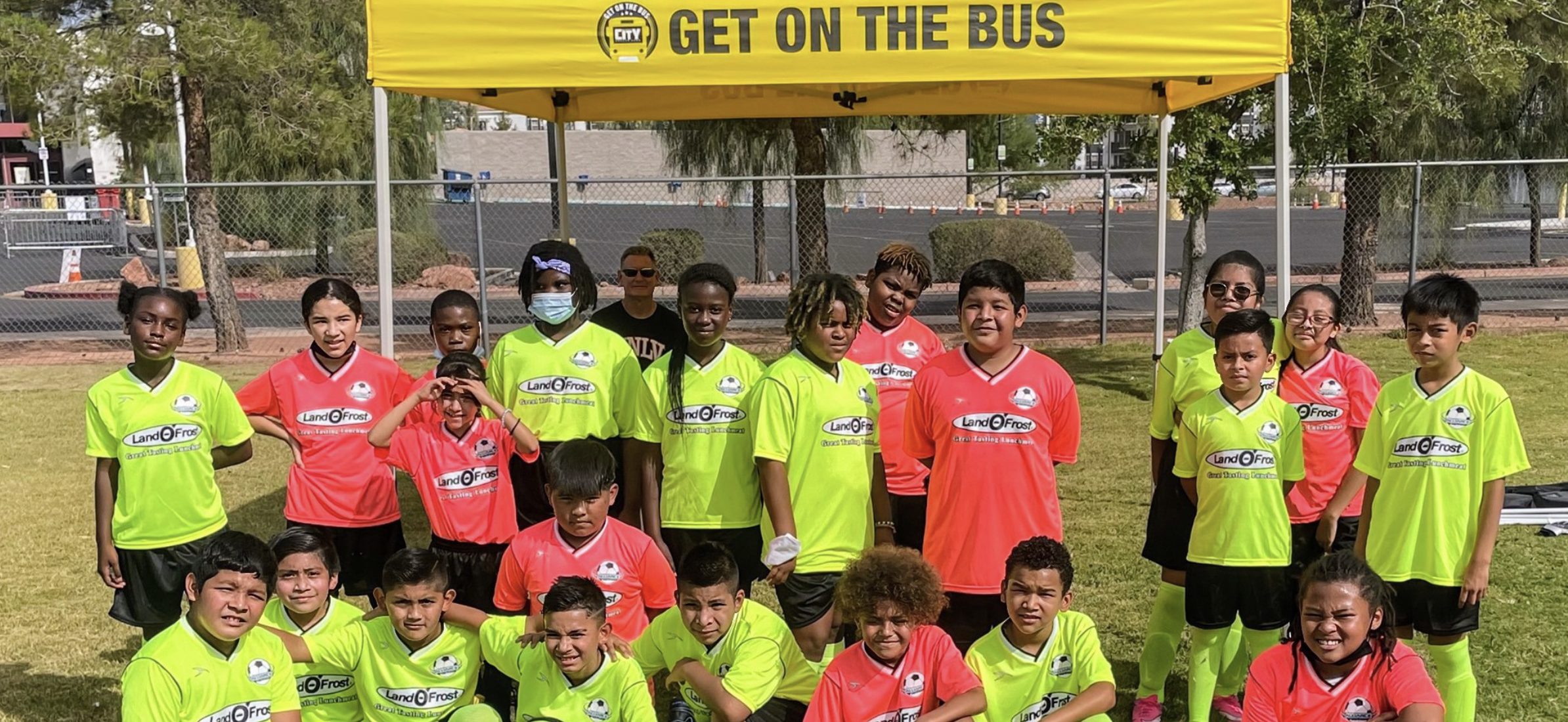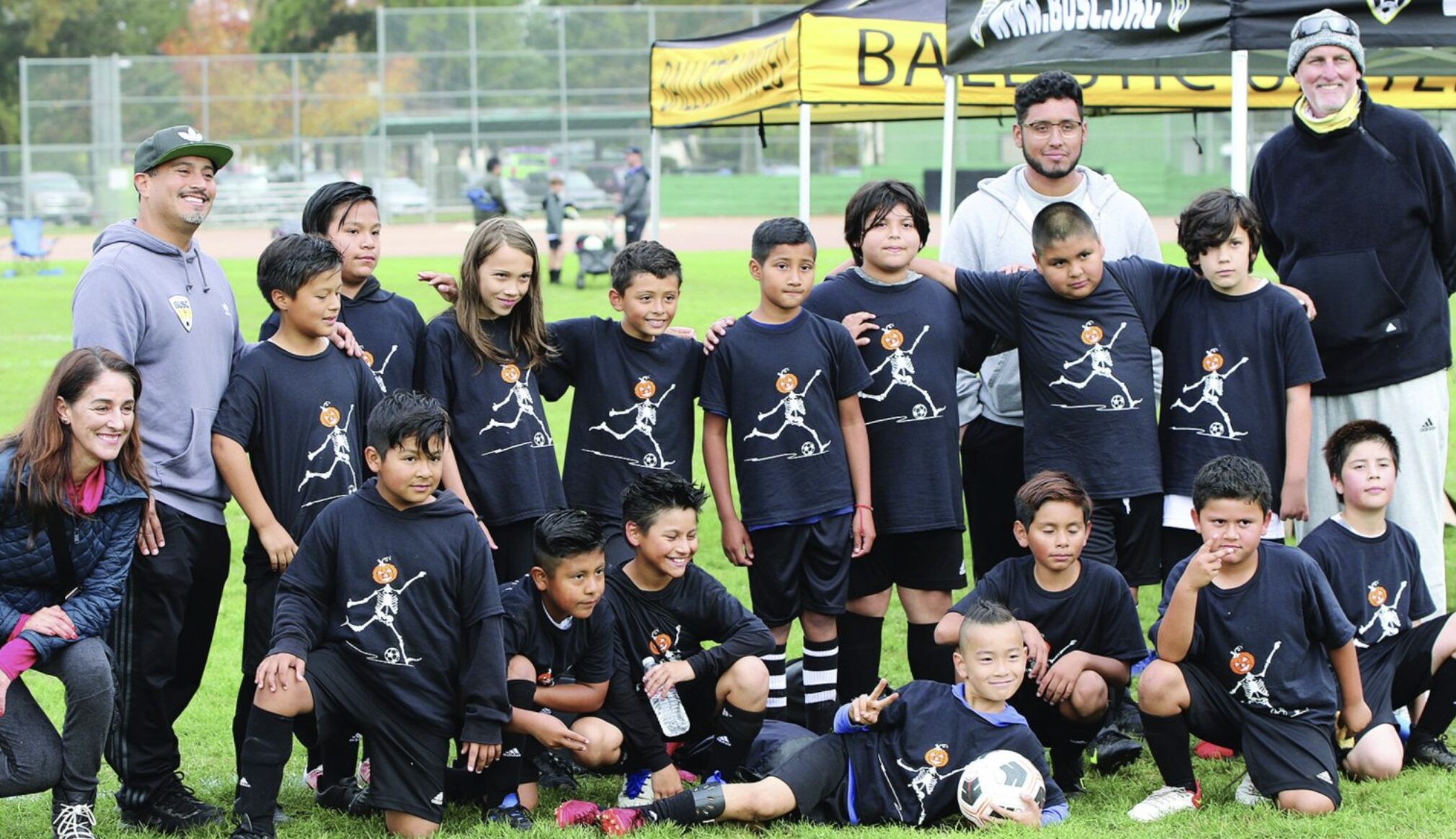
Driving equality in youth soccer: ‘Get on the Bus’ clears transportation and financial hurdlesGet On The Bus: Creating a Better Future in Your Community
Generations of officials have appointed armies of study groups to explore an important question: how to introduce more youngsters from underserved areas to soccer.
They’ve looked at barriers like pay-to-play, the cost of equipment and lack of playing fields. But they often ignore a more fundamental obstacle: how to get players to those teams and fields in the first place.
“If a kid doesn’t have transportation to a program, it doesn’t matter if they can afford it or not,” says Tim Ryerson.
Wearing one hat, he serves as associate executive director of McLean (Virginia) Youth Soccer. Wearing another, he is the creator of Get on the Bus. Since 2017, has broken down transportation and financial barriers, so boys and girls in suburban Washington can play recreational soccer. The free after-school program also teaches valuable life skills, and good study habits.
It’s been hugely successful. Now, thanks to a U.S. Soccer “Innovate to Grow” grant, even more youngsters will “get on the bus,” and enjoy the ride.
The grant is one of 27 awarded by the national governing body, out of $3 million earmarked for programs that will increase education resources for youth coaches and referees, remove financial barriers of entry for participants in marginalized communities, increase participation for girls and women, and/or provide resources for an array of disabled service organizations.
The program begins when the school day ends. Children head to their gym, cafeteria or multipurpose room. They enjoy a healthy snack. Then, working with teachers, paraprofessionals, coaches and volunteers, they spend an hour and a quarter getting help with homework, school projects or learning English. They also learn about the importance of hydration, stretching and sunscreen.
Then they head to their school field. Or they get on a bus, to a nearby training facility donated by a nearby club.
They change into soccer gear. Every youngster receives a jersey, shorts, socks, soccer shoes, shinguards, ball and duffel bag — just like players at elite clubs.
At the field, club coaches, teachers or paras teach soccer skills. (Educators have already received training in recreational or club soccer curricula.) At the end, parents or caregivers pick them up at the facility, not far from their homes.
Of course, every kid loves to play. On Saturdays they participate in local recreational leagues. “They can all get to their school. They can’t always get to league fields,” Ryerson says. So a bus takes them to and from games.
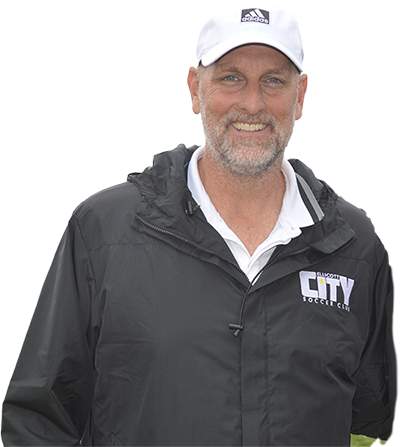
Tim Ryerson
(Supplemental funding, from other grants, corporate sponsors and donations, may be needed as well, Ryerson says.)
The goal is to reach 10,000 boys and girls by 2026, the year the World Cup comes to North America. The program has already served 2,500 youths who have never played organized soccer — or been registered with U.S. Soccer — before. There will be 1,000 this spring, and another 1,000 next fall.
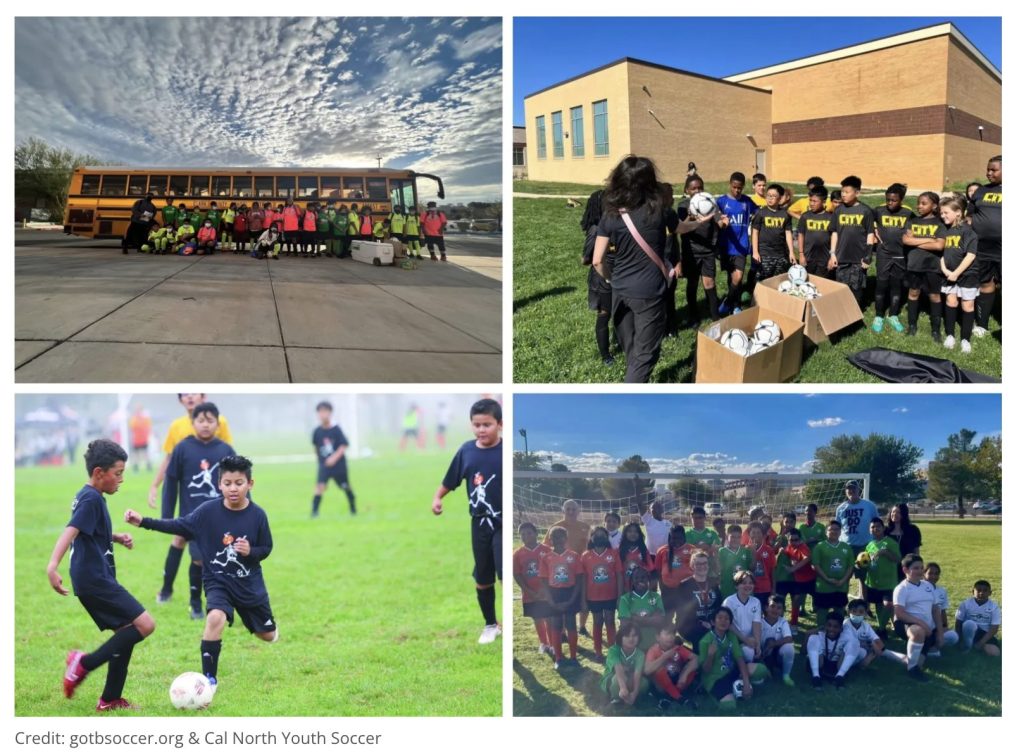
Get on the Bus currently operates in Title I (economically disadvantaged) schools in California, Connecticut, Kentucky, Maryland, Nevada, Oregon, Tennessee, Virginia and Washington state. A Mexico City affiliate begins this year.
Ryerson has seen success firsthand. Twin boys in the first pilot program, in Ellicott City, Maryland, were selected to play club soccer (with financial assistance from the team). They also now play for their high school — and return each season as volunteer coaches with Get on the Bus.
Every school that launched the initiative has invited it back, Ryerson says proudly.
That’s a lot of boys and girls. And buses.



